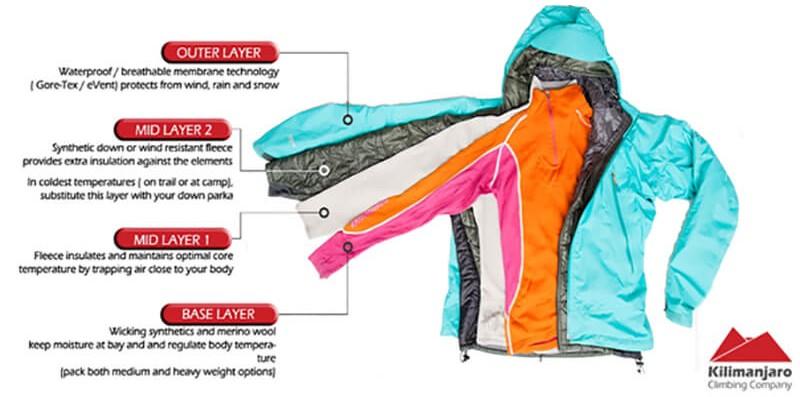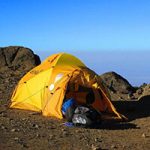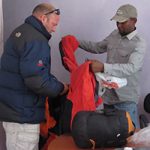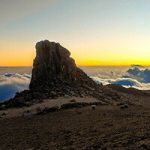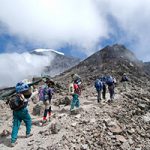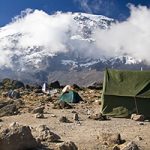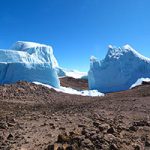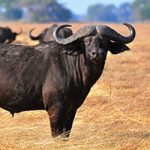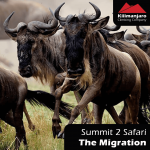Kilimanjaro Clothing
While climbing Kili you will be trekking through 5 climatic zones. To ensure that you remain perfectly comfortable in each zone, it is important for all climbers to understand how to best dress to cope with the mountain weather and critical that you understand the concept of layering with your Kilimanjaro Clothing.
Wearing clothing layers is to dress in multiple garments (layers) in order to regulate your body temperature, so that you do not overheat or become too cold. The clothing should transport sweat away from your skin to keep it as dry as possible, at the same time as it keeps your body warm.
You regulate your temperature by taking off or putting on layers of clothing. Wearing multiple layers of thin clothing keeps you warmer than if you are wearing a few bulky clothes. The clothing layers that together wick moisture, insulate, and protect from wind and rain, fall into three categories:
Layering For Kilimanjaro
Regulate your temperature by taking off or putting on layers of clothing
The clothing layers that together wick moisture, insulate, and protect from wind and rain, fall into three categories:
-
Base layer – Moisture Management
-
Mid layer – Insulation
-
Outer layer – Weather Protection
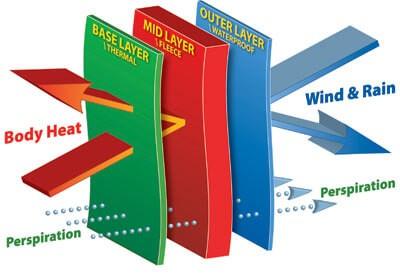
Base Layer – Moisture Management
This is your next-to-skin layer. It helps regulate your body temperature by moving perspiration away from your skin. Keeping dry helps you maintain a cool body temperature in the summer and avoid hypothermia in the winter. A base layer can be anything from briefs and sports bras to long underwear sets (tops and bottoms) to tights and T-shirts. It can be designed to fit snugly or loosely. For cool conditions, thermal underwear is available in light-, mid- and expedition-weights.
Mid Layer – Insulation Management
The insulating layer helps you retain heat by trapping air close to your body. Natural fibers such as wool and goose down are excellent insulators. Merino wool sweaters and shirts offer soft, reliable warmth and keep on insulating even when wet. For very cold and dry conditions, goose down is best. It offers an unbeatable warmth-to-weight ratio and is highly compressible. Down’s main drawback is that it must be kept dry to maintain its insulating ability. A new innovation—water-resistant down—promises to change this.
Outer Layer – Weather Protection
The shell or outer layer protects you from wind, rain or snow. Shells range from pricey mountaineering jackets to simple windproof jackets. Most allow at least some perspiration to escape; virtually all are treated with a durable water repellent (DWR) finish to make water bead up and roll off the fabric. An outer shell is an important piece in bad weather, because if wind and water are allowed to penetrate to your inner layers, you begin to feel cold. Furthermore, without proper ventilation, perspiration can’t evaporate but instead condenses on the inside of your shell.
